Supermicro X9DRW-3LN4F+ Bruksanvisning
Supermicro
moderkort
X9DRW-3LN4F+
Läs gratis den bruksanvisning för Supermicro X9DRW-3LN4F+ (113 sidor) i kategorin moderkort. Guiden har ansetts hjälpsam av 15 personer och har ett genomsnittsbetyg på 4.5 stjärnor baserat på 8 recensioner. Har du en fråga om Supermicro X9DRW-3LN4F+ eller vill du ställa frågor till andra användare av produkten? Ställ en fråga
Sida 1/113

USER’S MANUAL
Revision 1.0a
X9DRW-3LN4F+
X9DRW-3TF+
Produktspecifikationer
| Varumärke: | Supermicro |
| Kategori: | moderkort |
| Modell: | X9DRW-3LN4F+ |
| Bredd: | 325 mm |
| Djup: | 419 mm |
| Wi-Fi: | Nej |
| Maximalt internminne: | 768 GB |
| Intel® Virtualization Technology (Intel® VT): | VT-d |
| Komponent för: | Server |
| Minnesspänning: | 1.35, 1.5 V |
| Antal processorer som stöds: | 2 |
| Intel® Xeon-serien: | E5-2600 |
| Minnestyper som stöds: | DDR3-SDRAM |
| BIOS-typ: | AMI |
| ACPI-version: | 4.0 |
| processortillverkare: | Intel |
| Typ av ethernet-gränssnitt: | Gigabit Ethernet |
| Antal LAN (RJ-45) anslutningar: | 4 |
| processorsockel: | LGA 2011 (Socket R) |
| Seriella portar: | 1 |
| Hållbarhetscertifiering: | RoHS |
| Nätverksansluten (Ethernet): | Ja |
| Antal USB 2.0 anslutningar: | 2 |
| RAID-nivåer: | 0, 1,5, 10 |
| Minneskanaler: | Dubbla kanaler |
| Minnets hastigheter: | 800,1066,1333,1600 MHz |
| USB 2.0 anslutning: | 5 |
| Antalet Seriella ATA anslutningar: | 6 |
| TPM-anslutning: | Ja |
| BIOS minnesstorlek: | 128 mbit |
| LAN-styrenhet: | Intel® I350 |
| Moderkortets chipset: | Intel® C606 |
| Kvalitet på VGA (D-Sub) porten: | 1 |
| PCI Express-kortplatser version: | 3.0 |
| Ombord grafikkort modell: | Matrox G200eW |
| Lagringsenhetsgränssnitt som stöds: | Serial Attached SCSI (SAS) |
| Antal SATA III kontakter: | 2 |
| Antal anslutningar för fläktar: | 6 |
| Antalet DIMM-platser: | 24 |
| Antal SATA II kontakter: | 4 |
| Chassits genomgångsanslutning: | Ja |
| Serieport headers: | 1 |
| Processor värmekraft (max): | 135 W |
| Intelligent Platform Management Interface (IPMI) stöd: | Ja |
| Maximalt RDIMM minne: | 768 GB |
| Maximalt UDIMM minne: | 128 GB |
| IPMI LAN (RJ-45)-port: | Ja |
| Processor antal kärnor som stöds: | 6, 8 |
| Stöds QPI: | 8 GT/s |
| Stöd för RDIMM modulkapacitet: | 16GB, 2GB, 32GB, 4GB, 8GB |
Behöver du hjälp?
Om du behöver hjälp med Supermicro X9DRW-3LN4F+ ställ en fråga nedan och andra användare kommer att svara dig
moderkort Supermicro Manualer
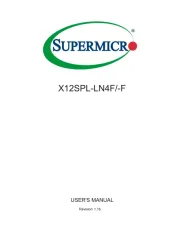
14 September 2025
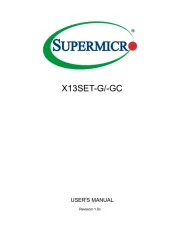
13 September 2025
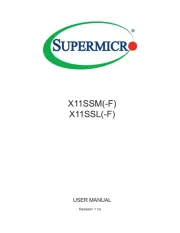
13 September 2025
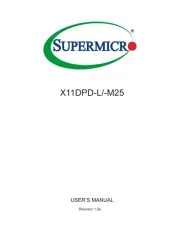
13 September 2025
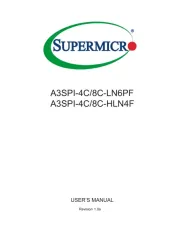
13 September 2025

13 September 2025

13 September 2025
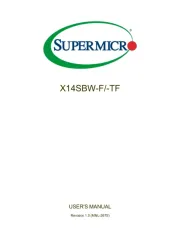
13 September 2025
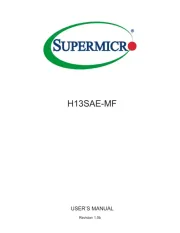
12 September 2025
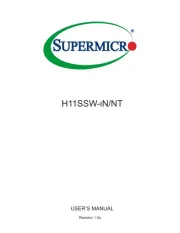
12 September 2025
moderkort Manualer
- Advantech
- Asus
- Biostar
- Sharkoon
- Elitegroup
- Intel
- NZXT
- Abit
- ECS
- AOpen
- EPoX
- Gigabyte
- Evga
- Foxconn
- Festo
Nyaste moderkort Manualer
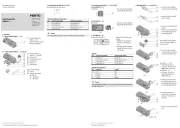
21 Oktober 2025
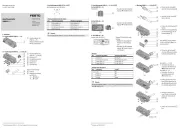
21 Oktober 2025
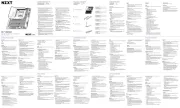
7 Oktober 2025
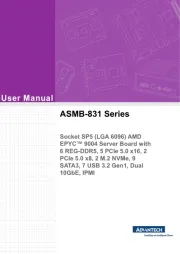
6 Oktober 2025
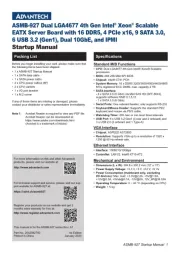
6 Oktober 2025
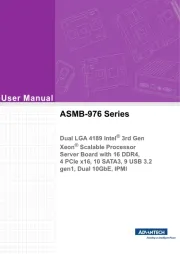
6 Oktober 2025
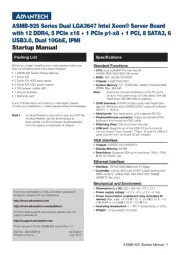
5 Oktober 2025

5 Oktober 2025
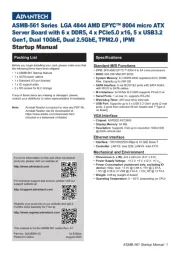
5 Oktober 2025
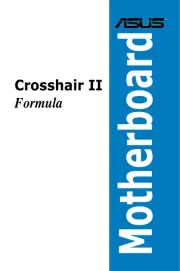
3 Oktober 2025